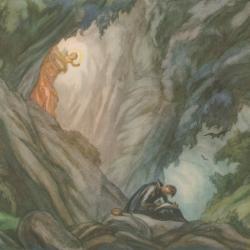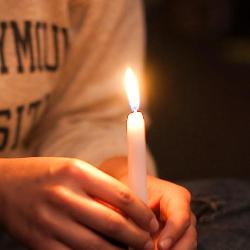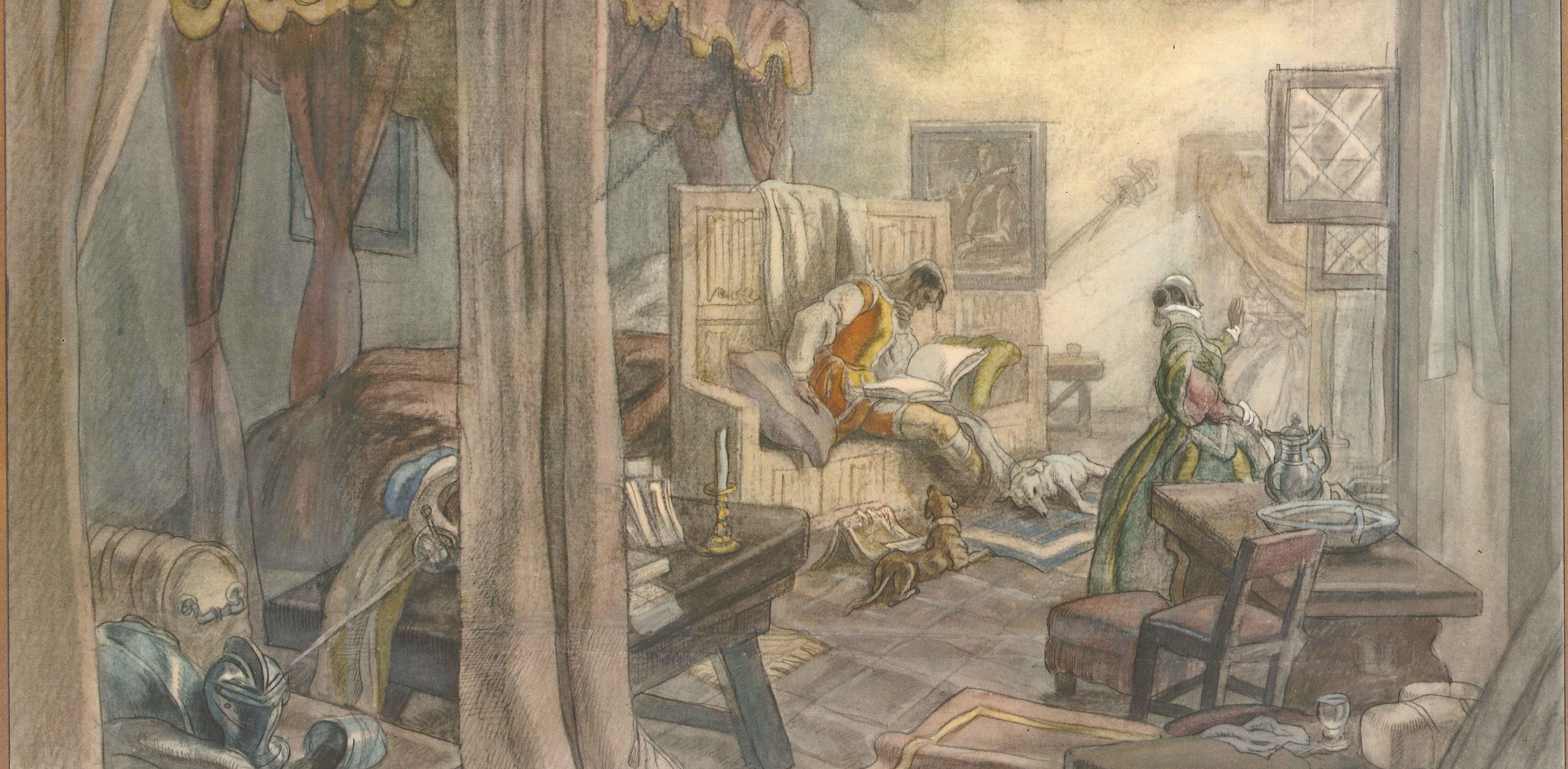
Ignatius convalesces at Loyola (Carlos Saenz de Tejada, 1958)
Friday, April 24: Cannonballs and Catastrophes
Like some of us, perhaps, the man who would become known as St. Ignatius of Loyola did not speak fondly of all of his youthful choices. Born in 1491 in northern Spain, Ignatius describes himself in his Autobiography as “a man given to the follies of the world; and what he enjoyed most was exercise with arms, having a great and foolish desire to win fame” [1]. He set about pursuing that fame and fortune in the context of sixteenth-century Spanish nobility, engaging in gambling, the occasional sword fight or brawl, and thinking up elaborate demonstrations of devotion to impress ladies of high standing.
He did distinguish himself as a daring soldier, convincing his commander to engage in a hopelessly outmatched battle in Pamplona when he was thirty. Ignatius at last got what he wanted – a chance for military glory – but his triumph was short-lived. During the battle he was struck by a cannonball and gravely injured in both legs, one of which was completely shattered. (Poorly set on the battlefield, it would have to be re-broken and re-set weeks later.) That fateful cannonball would totally alter the course of Ignatius’s life, and was the catalyst for what would later become all of Ignatian spirituality, the Society of Jesus, and centuries later LMU.
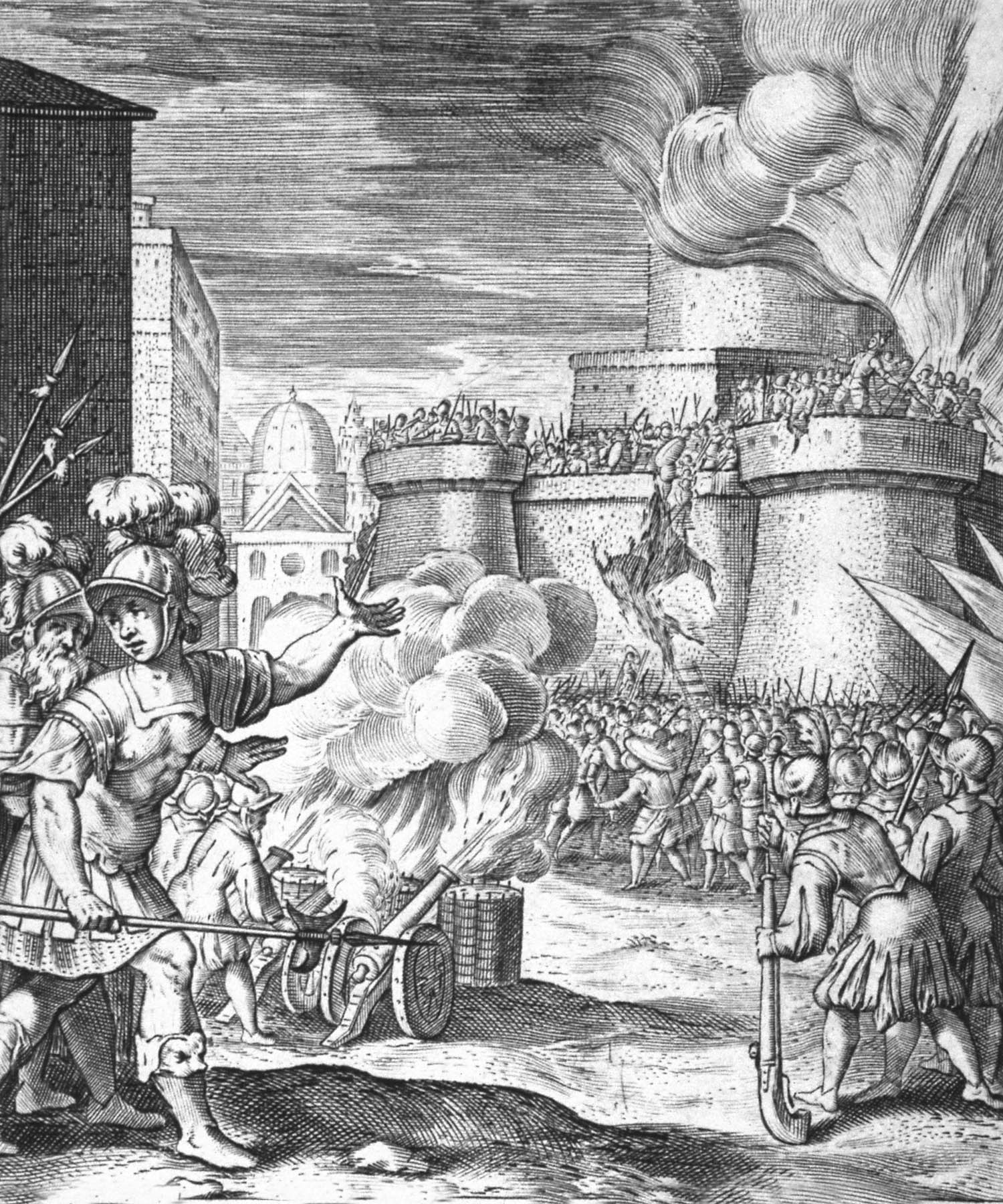
We may be tempted to use the phrase or concept of Ignatius’s “cannonball moment” as shorthand to refer to a turning point, an epiphany, a moment of clarity or insight that changes one’s life for the better. But as I reflect on his story, I’m reminded that the cannonball didn’t arrive with a blaze of inspiration. For Ignatius, the young man with his whole life and career ahead of him, it first brought enormous pain, suffering, grief, and loss.
After the battle, Ignatius was returned home to Loyola, where his condition worsened and he almost died. But while his condition eventually improved, he remained in the castle at Loyola for a long recovery confined to his bed. I imagine what this young, ambitious nobleman must have felt, slowly recovering alone in a castle chamber, unable to walk and wracked with pain. Isolated from the activities of courtly life and military campaigns he was used to, he had only books and his imagination for company. His injuries not only limited his physical movement to his room for the duration of his convalescence, but meant that even after he healed, his dreams of military glory and social standing were now out of reach. The re-set leg healed badly and was left shorter than the other; for the rest of his life, Ignatius would walk with a limp, and at the time he “could not bear [the sight of his leg] because he was set on a worldly career and thought that this would deform him” [4]. Everything he had pursued and worked toward, for the entirety of his life to date, was now impossible.
I think skipping too quickly past this chapter of Ignatius’s story and jumping straight to his recovery and spiritual conversion does him – and us – a disservice. Ignatius’s journey begins in an experience of profound and dramatic loss, not just of physical health but of an imagined future that abruptly disappeared. To associate his “cannonball moment” only with inspiration and growth misses its complexity and depth. Yes, this catastrophe eventually allowed Ignatius to imagine new opportunities for freedom and flourishing, but only after passing through a place of grief and prolonged recovery. He needed time to heal, in body, mind, and spirit, before emerging with new purpose; and even then his injury and loss would always be part of him, physically inscribed on his body.
While most of us are unlikely to encounter an enemy cannonball today, there are plenty of unstoppable forces that threaten our lives, livelihoods, and the futures we imagine for ourselves. We experience many wounds -- some of which, like Ignatius’s, never completely mend and shape us forever. We have dreams that cannot be realized. And though these catastrophes may lead to consolation and growth, that process may be a lengthy one.
When the weight of our own cannonballs hits us, let us take inspiration and solace from Ignatius, the young man who lost so much in a single moment. Perhaps we can sit with Ignatius in our chambers and grieve and heal, and come to terms with what has been lost. We can look for the new ways we may be called, the unexpected opportunities that lie ahead – but we can also recognize and accept the experience of pain and loss. Ignoring injuries or rushing the recovery typically only makes things worse. Acknowledgement of our limitations and patient trust in the slow process of healing, on the other hand, allows space and time find peace, to discern God’s call in our struggling, and to discover new life.
So perhaps we can identify the cannonball moments in our lives with compassion: not just in the dramatic turning points or flashes of insight, but in our defeats, disappointments, tragedies, and outright catastrophes. As Ignatius discovered, God can be found here, too. And God will remain with us, in all our pain and sorrow, however long we take to heal.
- Kat Brown, Director of Mission and Identity Programs
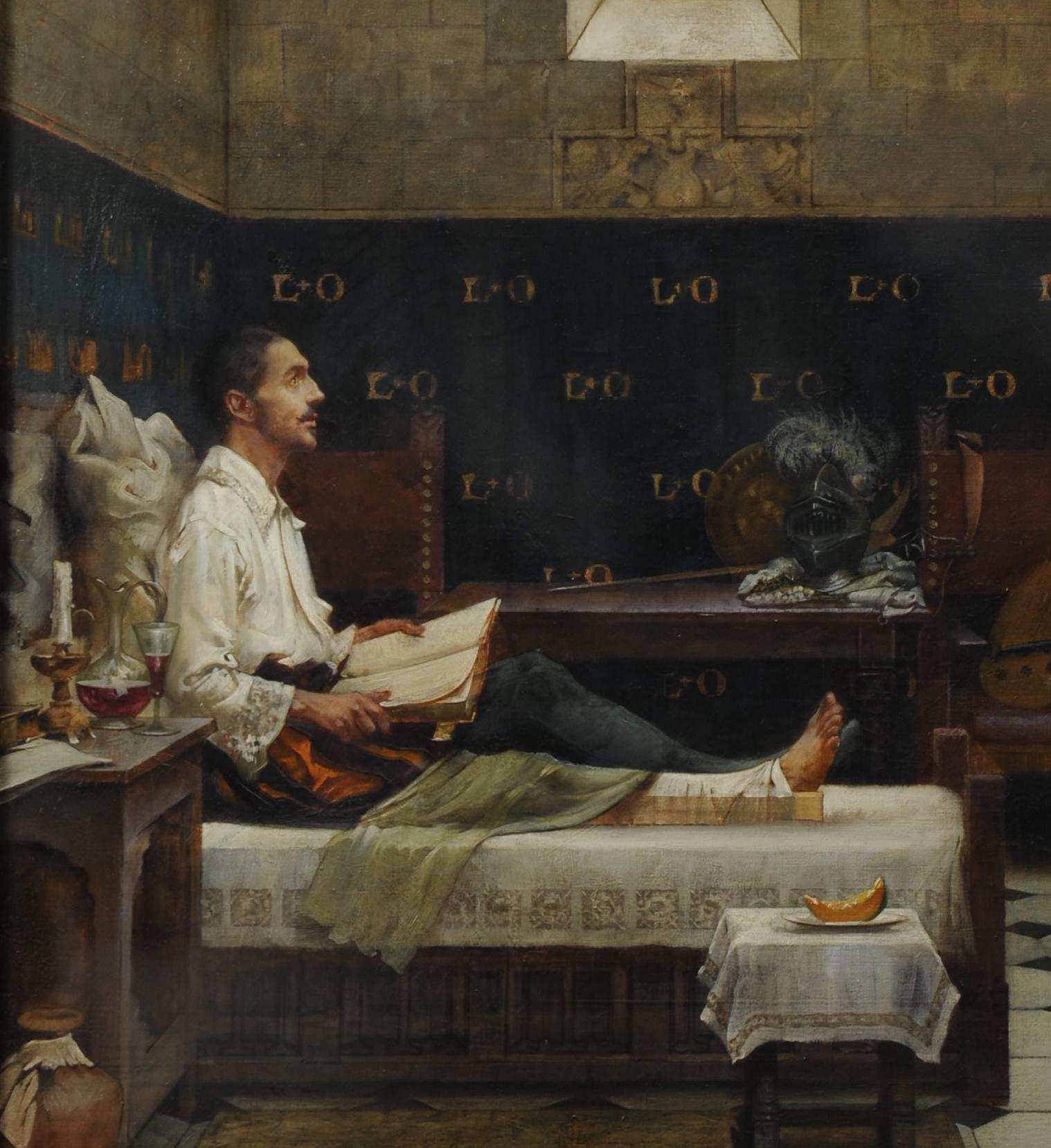
Questions for Reflection
1. What "cannonball moments" have I experienced in my life? How did I feel when they occurred?
2. Where am I in need of new or continued healing? Where do I find God in this healing process?
Further Reading
- Ignatius of Loyola, A Pilgrim’s Testament: The Memoirs of St. Ignatius of Loyola, trans. Parmananda R. Divarkar (St. Louis, MO: The Institute of Jesuit Sources, 1995)
- Patient Trust - Prayer by Pierre Teilhard de Chardin, SJ
